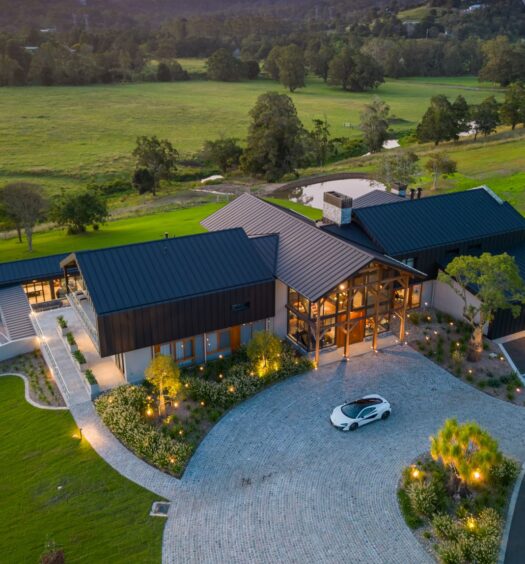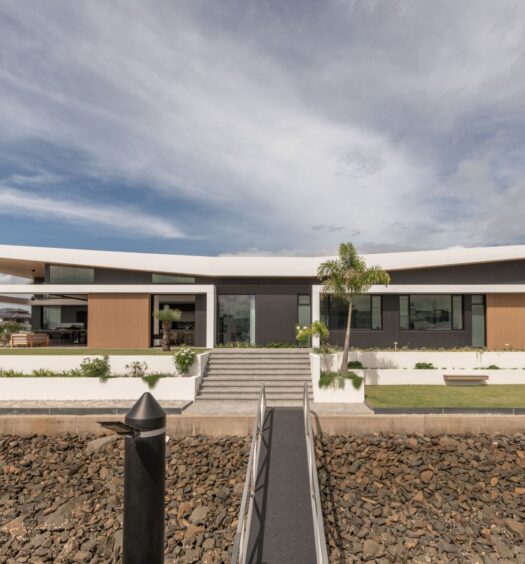Child’s Play
IT specialist Paul Sherriffs talks about simple ways to incorporate technology in your home.
When planning your new home, there are countless ways of incorporating technology. From smart wired audio visual entertainment to security systems, central lighting and even automated window treatments. But whilst your full list of desires may outweigh your budget the good news is there are many ways to include technology in your new home both easily and affordably. In fact you can also retrofit systems to existing houses without having to undertake much re-wiring – if any at all.
In this article I am going to primarily talk about audio visual equipment and what devices can be utilised for easy home automation. I primarily work with Apple systems, mainly because by using an Apple ecosystem it is easy to maximise the value of existing systems. A long over looked slim line Apple device is the Apple TV. I refer to these as Blockbuster in a Box, because these small inexpensive devices connect to any HDMI televisions and make purchasing and viewing movies, TV shows, and podcasts child’s play. If you have an iPad or iPhone you can even use this as your remote control.
Another trick of the Apple TV is the way it integrates with your iPad. For example; If you have a video playing on your iPad you can use a technology called Airplay to flip the iPad video on to your large television screen. Another Apple product called an Airport Express (a little white box this time), is a great device that will allow you to play your iTunes library to a set of power speakers indoors or out, all controllable through your iPhone or iPad. Redback are a local company that make a good set of marine speakers perfect for outdoor under-eve mounting, but if you’d prefer a brand name then Bose offer many different levels of outdoor speakers.
Another brand that has been well placed for excellent speaker set ups are Sonos. They now have quite a range from TV sound bars to new small speakers called the Sonos Play 1. Their main feature, aside from their impressive audio quality is the extensive internet radio playlist and integration with popular applications such as Spotify and Pandora.
The next step in the AV world is to get rid of your plastic, when I say plastic I mean DVD’s and CD’s. Centralising your movie and music collection is the best way to preserve your investment, but if you are going spend the time to RIP all your data then it’s a good idea to ensure it’s saved to one streamlined location and then make sure it’s backed up regularly! Once you’ve taken the time to do this an easy way to access your central library is by storing it on NAS (Network Attached Storage). This is basically a group of hard drives in a box. Most modern TV’s have a feature called DLNA – this technology will look for servers that also have DLNA and will enable your TV to communicate with the NAS and find the location of all your stored TV shows, movies, music and photos, extending all your data on the server to your AV equipment throughout your home. Less interesting but no less important are the connection types you can use in your house. What you require really depends on your individual needs. Wireless is great but it may struggle if you start streaming huge video files to four TV’s at the same time. In this case hard-wiring your entertainment equipment via ethernet data cable and back to a central communications cabinet is the best solution. Although the above technology can be implemented in your home quite simply, the most important thing to remember about your home automation is that all important back-up. The more our lives go digital the more important a backup system is – one that is fully automated and does not require you to remember to do it!
Paul Sherriffs has 20 yrs experience as an IT consultant specialising in Macintosh and Apple products. His services include business and home networking, automated back up systems and simple home automation in your home.
He can be contacted on 0413067414




Recent Comments